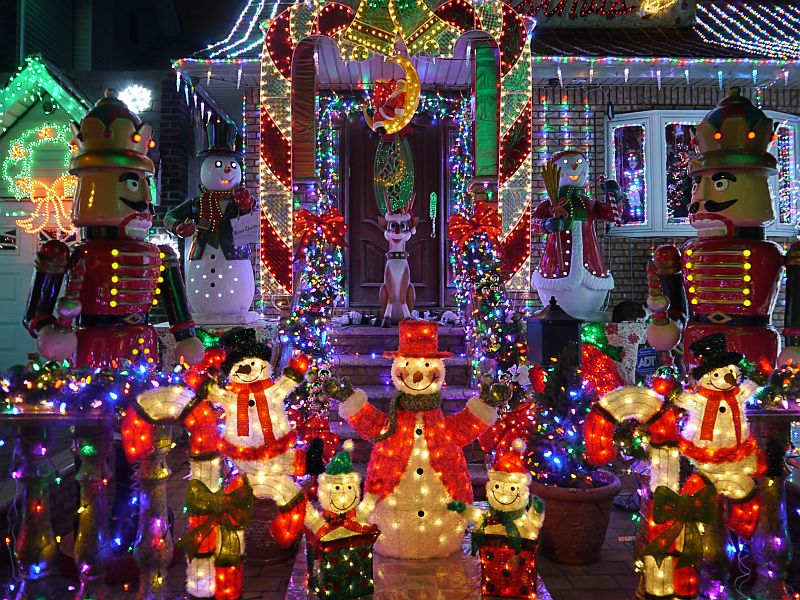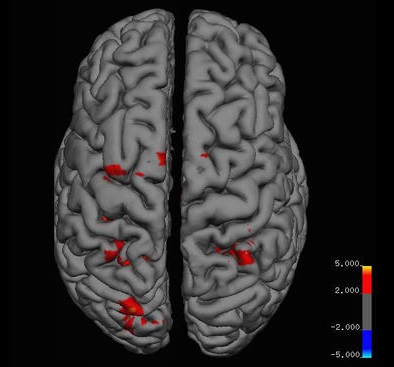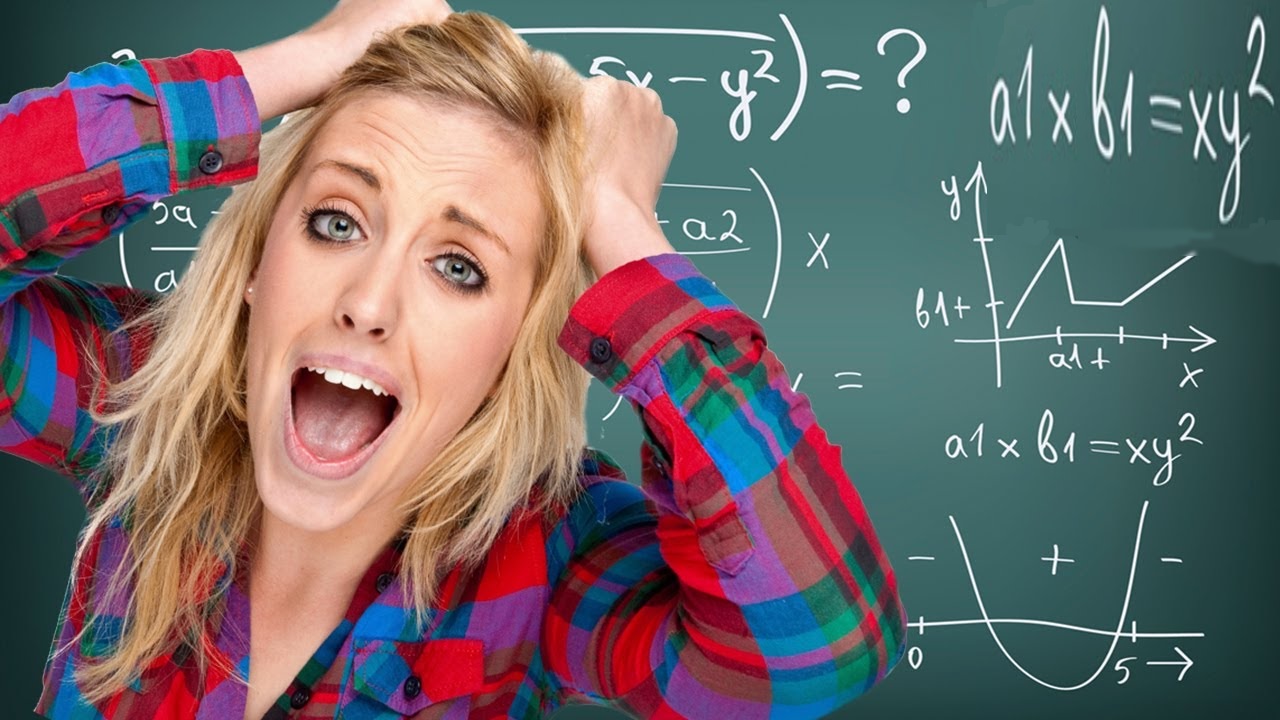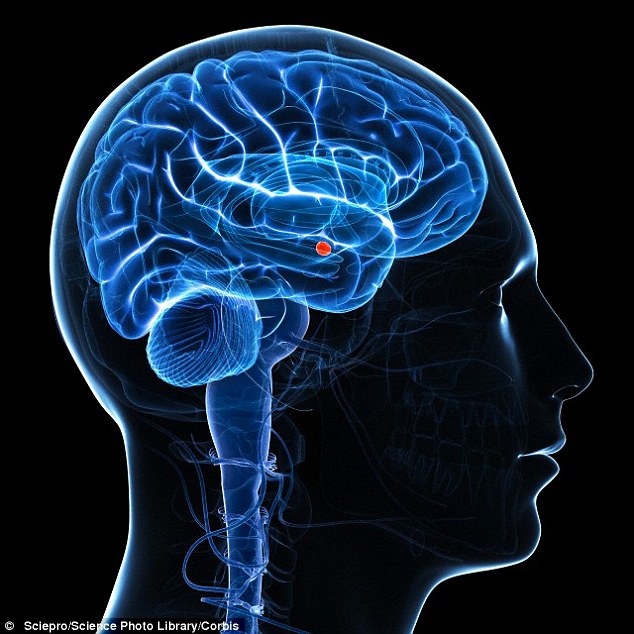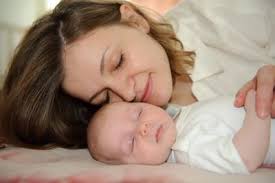Parts of the Brain That Light Up the 'Christmas Spirit'
When it comes to Christmas spirit, we either embrace it – or give it a big ‘bah humbug’. Now scientists claim to have identified the part of the brain that decides if we are more Santa than Scrooge at this time of year.
Scans revealed five areas of the brain that become active in those who experience the joy and nostalgia associated with gifts and good food as December 25 approaches. These included parts linked with spirituality, physical senses and other functions. In a study in the Christmas edition of the British Medical Journal, Danish researchers said the results could help the ‘millions’ who have a Christmas spirit deficiency – or the ‘bah humbug’ syndrome.
‘Accurate localisation of the Christmas spirit is a paramount first step in being able to help this group of patients,’ they say. The team from Copenhagen University studied 20 participants, half of whom said they never celebrated Christmas. They were all shown a range of images, including those with a festive theme, as MRI scanners measured their brain activity. The researchers wrote: ‘Although merry and intriguing, these findings should be interpreted with caution. ‘Something as magical and complex as the Christmas spirit cannot be fully explained by, or limited to, the mapped brain activity alone.’ The scans measure changes in blood oxygenation and flow that occur in response to brain activity, and can produce a clear picture of which parts of the brain are involved in a particular mental process. The scientists examined ten participants who celebrated Christmas, and ten healthy participants who lived in the same area, but who had no tradition of marking Christmas.
The participants’ brain were scanned as they were shown 84 images through video goggles. Each picture was displayed for two seconds, and after six consecutive images with a Christmas theme, there were six everyday images. After the scans, all participants filled out a questionnaire about their Christmas traditions, feelings associated with Christmas, and ethnicity. Based on these results, 10 participants were allocated to the ‘Christmas group’ - those who celebrated Christmas and had positive associations - and 10 to the ‘non-Christmas group’ - those who did not celebrate Christmas and had neutral feelings towards the festivities. Differences in the scans of the two groups were analysed to identify ‘Christmas-specific’ brain activation. The results showed five areas where the Christmas group gave a greater response to Christmas images than the non-Christmas group. These included areas of the brain that have been associated with spirituality, physical senses, and recognition of facial emotion, among many other functions. Further research is necessary to understand the Christmas spirit, and other parts of the brain that respond to other holidays such as Easter, Chanukah, Eid, and Diwali, say the authors.
Retrieved From:
|
|





